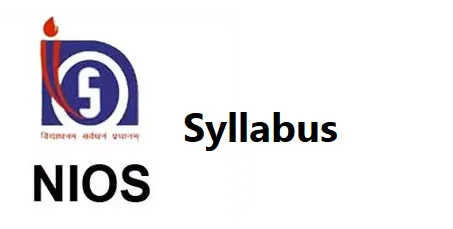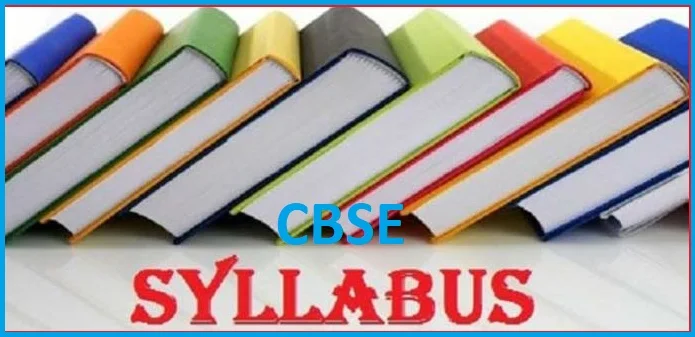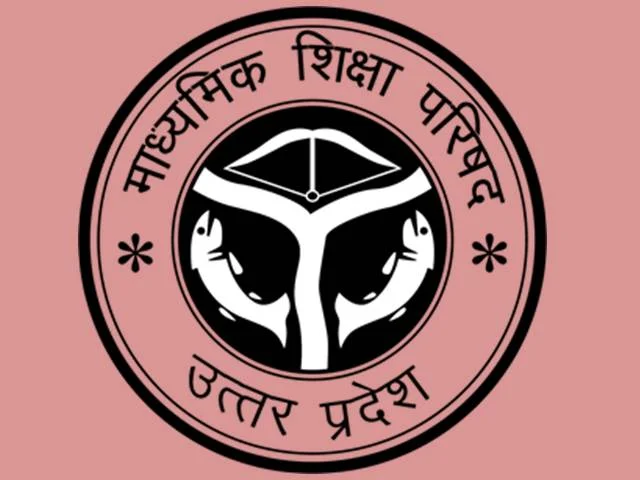NIOS Class 12 Painting Syllabus 2024-25

The students with interested in art and painting are offered to pursue this as one of their subjects at the senior secondary level. Syllabus of Painting covers topics to provide the learners familiarity with the theory of art through ages and develop knowledge and understanding of visual art. Theory as well as practical is included in the syllabus as there is no meaning to painting without practical drawing. This article presents the details of NIOS Class 12 Painting syllabus 2024-25 for both theoretical and practical exam.
NIOS Class 12 Painting Syllabus 2024-25
All the important topics related to Class 12 Painting syllabus has been divided into 13 units that are further categorized into 2 modules. Check out the complete information related to the syllabus from below.
Module 1: History and Appreciation of Indian Art (From 2500 B.C. to 16th Century A.D.)
Unit 1.1: Art of Indus Valley Civilization (Harappa and Mohenjo-Daro 2500 B.C. to 1750 B.C.)
Objects & Collection
- Mother Goddess – National Museum, Delhi
- Seal with Bull Design – National Museum, Delhi
- Painted Pottery – National Museum, Delhi
- Jewellery (necklace) – National Museum, Delhi
Supportive video programme(s)
- Mother Goddess
- Seal with Bull Design
- Painted Pottery
- Jewellery (necklace)
Unit 1.2: Art of Mauryan to Gupta Period (4th Century B.C. to 6th Century A.D.)
Objects & Collection
- Lion Capital – Sarnath Museum
- Chauri Bearer (Yakshi) – Patna Museum
- Stupa I at Sanchi – Sanchi, Madhya Pradesh
- Lord Mahavira – Jain Tirthankara – National Museum, Uttar Pradesh
- Seated Buddha (Gandhara Style) – Sarnath Museum, Madhya Pradesh
- Seated Buddha – Government Museum, Mathura
Supportive video programme(s)
- Nataraja (Cosmic dance of lord Shiva)
- Dokra Casting (Trible Bronze casting)
- Triumph of Labour
Unit 1.6: Indo – Islamic Architecture (From 12th Century A.D. to 17th Century A.D.)
Pictures & Place
- Qutab Minar- Delhi
- Taj Mahal – Agra
- Gol Gumbaz – Bijapur
Supportive video programme(s)
- Qutab Minar
- Taj Mahal
- Gol Gumbaz
Module 2: History and Appreciation of Indian paintings and Sculptures (From 16th Century A.D. Pioneers to Contemporary Art Movements)
Unit 2.1: Mughal School (From Akbar to Bahadur Shah II)
Paintings – Artist – Collection
- Bird catching at Baran – Bhag – National Museum, Delhi
- Tanjore Painting – Unknown – National Museum, Delhi
Supportive video programme(s)
- Nizamuddin Awaliya and Amir Khusrau
- Tanjore Painting
Unit 2.5: Company School
Paintings – Artist – Collection
- A group of Kashmiri Artisans – Unknown – National Museum, Delhi
- The Bird – Unknown – National Museum, Delhi
Supportive video programme(s)
- A group of Kashmiri Artisans
- The Bird
Unit 2.6: Pioneers of Contemporary Art Movements in India
Paintings – Artist – Collection
- Ravana and Jatayu – Raja Ravi Varma – National Museum, New Delhi
- Bengal School
- Radhika – Abanindra Nath Tagore National – Gallery of Modern Art, New Delhi
- Sri Chaitanaya under Garud Stambha – Nand Lal Bose – National Gallery of Modern Art, New Delhi
- Crucifixion – Jamini Roy – National Gallery of Modern Art, New Delhi
Supportive video programme(s)
- Ravana and Jatayu
- Radhika
- Sri Chaitanaya under Garud Stambha
- Crucifixion
Unit 2.7: Contemporary Arts of India
Paintings – Name of the Artist – Collection
- Women Face – Rabindranath Tagore – National Gallery of Modern Art, New Delhi
- Adornment of Bride – Amrita Shergil – National Gallery of Modern Art, New Delhi
- Santhal Family (Sculpture) – Ram Kinker Baij – National Gallery of Modern Art, New Delhi
- Mother Teresa – M.F. Hussain – National Gallery of Modern Art, New Delhi
- Thorn Prick – N.S. Bendre – National Gallery of Modern Art, New Delhi
Syllabus for Practical Exam
Students will have to practice the following in order to prepare for their practical exams:
Part I: Object Drawing (Study hours: 65, Marks: 20)
Object Study & Nature Study
- Awareness of Fundamentals of Drawing like space, line, tone, volume, perspective, light and shade, etc.
- Study of two or three simple objects including natural and geometrical be arranged together and composed on a given format
- Simple objects based on geometrical shapes could include, for example, jug, tumbler, basket, plate, bottle, kettle, vase, book, magazine, cup and box etc of a variety of materials like terracotta, ceramics, cane, glass, paper, wood, plastic, drapery, leather and metal etc
Materials to be used: Drawing paper-1/2 imperial size or (15”/11” approximate size), Various grades of pencils (soft lead), eraser, colours- Oil pastels, water colours and ink, various grades of flat / round brushes.
Check: NIOS admission details
Part II: Painting and Composition (Study hours: 65, Marks: 20)
Fundamentals of Painting, Composition & Sketching from Life and Memory
- Free hand drawing directly from life of Human Figures, Animals, Trees, Building, Interior of a Room, Bus stop, Market Place, Vehicles, etc
- Paint on a given topic like e.g. Festival, Fair, Railway station, Man reading a book or newspaper, Playing with your pet, Eating out, Night scene, Rainy day, wedding, Gram Panchayat, Pollution, Library, Mother & Child etc
- Starting with Basic Design and various Experiments to understand variety in forms and overlapping, their simplification, colour wheel, variety in colour, hue, tone and texture, rhythm and continuity in application, concept of far etc
Materials to be used: Drawing paper-1/2 imperial size or (15”/11” approximate size), Various grades of pencils (soft lead), eraser, colours- Oil pastels, water colour and ink, various grades of flat/ round brushes.


When will 12th class get NIOS books